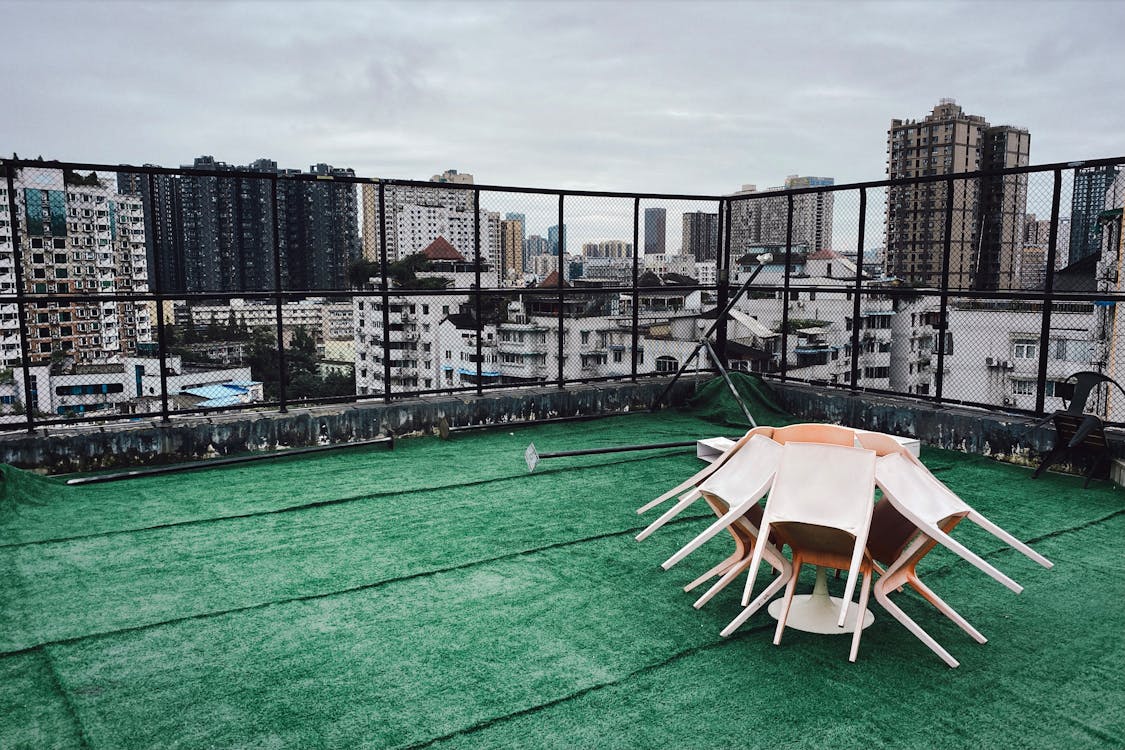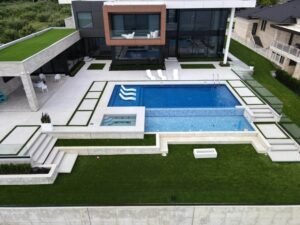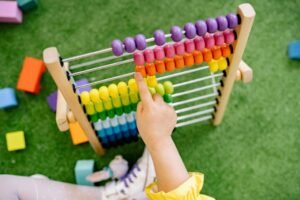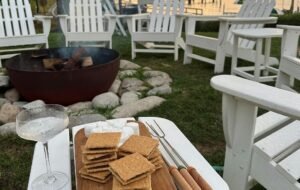The debate between artificial grass and real grass is ongoing, especially when evaluating the long-term cost implications for Canadian homeowners. With Canada’s varied climate—from the wet springs of British Columbia to the cold winters of Quebec—the decision between these two options involves considering water usage, maintenance requirements, and replacement costs.
This blog dives into a detailed cost-benefit analysis of artificial grass versus real grass in the Canadian context.
Initial Installation Costs
The upfront cost of installing artificial grass is significantly higher than that of seeding or laying sod for a natural lawn. However, this initial investment must be evaluated against the longevity and lower maintenance costs of artificial turf over time.
Water Usage and Conservation
Water conservation is a critical environmental concern. Natural grass requires regular watering to maintain its lush appearance, especially during the dry summer months. In contrast, artificial grass does not require watering, except for occasional cleaning. For Canadian homeowners, especially those in regions facing water usage restrictions or high water bills, artificial grass can offer substantial savings.
Maintenance Requirements

Natural grass demands ongoing maintenance, including mowing, fertilizing, weed control, and pest management. These tasks not only consume time but also require significant financial outlay for equipment, supplies, and, potentially, professional landscaping services. Conversely, artificial grass requires minimal upkeep, primarily consisting of removing debris and occasional brushing to keep the fibers upright. The reduction in maintenance effort and costs is a major benefit for those considering artificial turf.
Durability and Longevity
Artificial grass can last between 15 to 25 years, depending on the quality of the product and the intensity of its use. In contrast, natural grass lawns can suffer from patches, weeds, and other issues that may necessitate frequent reseeding or sod replacement. The durability of artificial turf, particularly in high-traffic areas or under severe weather conditions, presents a cost-effective solution over the long term.
Environmental and Health Considerations
While artificial grass eliminates the need for watering, pesticides, and fertilizers, it’s made from synthetic materials that do not biodegrade. However, advancements in recyclable materials and eco-friendly manufacturing processes are mitigating these concerns. Natural grass, on the other hand, contributes to biodiversity and has cooling properties but requires chemicals for upkeep, which can be detrimental to the environment and human health.
Final Thoughts
For Canadian homeowners, the choice between artificial and real grass involves weighing initial costs against long-term savings, maintenance efforts, and environmental impact. While the upfront investment in artificial grass is higher, its durability, low maintenance requirements, and water conservation benefits present a compelling case. Ultimately, the decision will depend on personal preferences, lifestyle, and environmental values, but the cost-benefit analysis leans favorably towards artificial grass in the long run.
Achieve Your Landscaping Dreams on a Budget with Assistance from Turrific Turf
Transform your outdoor space affordably with Turrific Turf, the leading landscaping company in Windsor and Essex. Specializing in artificial grass and Astroturf installation, we offer comprehensive solutions from backyard design to curbing. Contact us now to make your landscaping dreams a reality!





